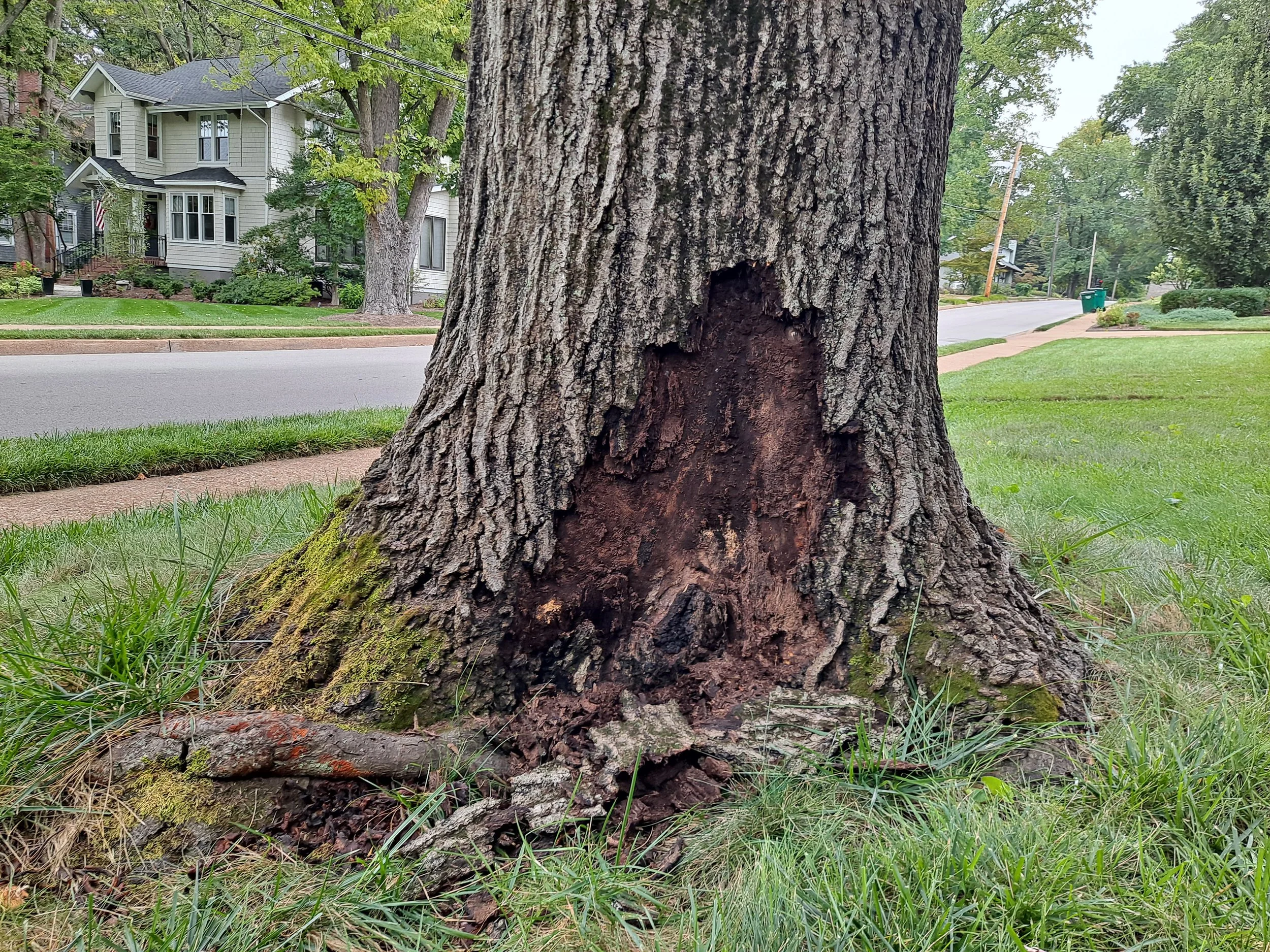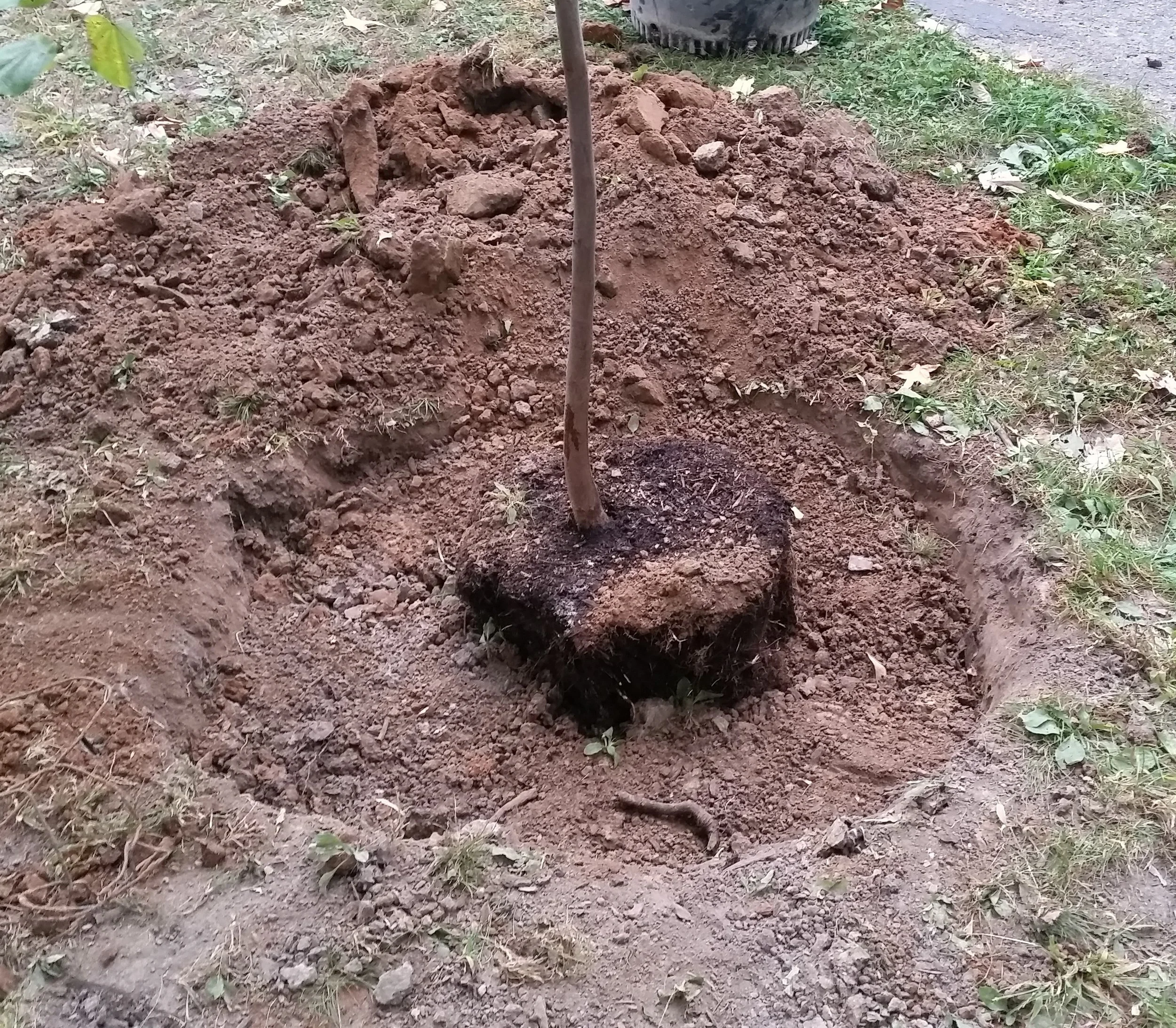
Professional Tree Care Services
All services performed by Midwest Trees adhere to the most current ANSI A300 & Z133 standards and accompanying ISA Best Management Practices.
I do not perform large tree removal or large tree pruning. However, I can still answer any questions you may have and provide guidance - I have a large network of other tree care companies that would be able to assist you in these situations.

Tree Assessments
This is an opportunity to get educated on your trees and landscapes.
For those that have one tree or acres of trees, I can set up a time to meet with you on site and answer any questions you may have. I will let you know what species you have, educate you on their condition, and provide recommendations based on these observations. I will review soils, mulch, irrigation, interactions with other plants and structures, provide maintenance recommendations, and can provide some insight to other plant material (turf, shrubs, perennials, etc.).
There is a fee for this service which depends on site location and size. This evaluation does not assess tree risk and is subject to my terms and conditions.

Consulting
Consulting arboriculture is a specialized service.
The services associated with consulting are typically narrow in scope and often requested by somebody with a very specific purpose in mind. Builders, architects, landscape architects, engineers, attorneys, insurance adjusters, and property managers may find themselves in a position where they need the assistance of a consulting arborist. Consulting services may include tree inventory, management plans, tree preservation plans, tree stand delineations, tree appraisals, tree risk assessments, failure assessments, expert witness & litigation, code enforcement, municipal ordinance review, and training & education.
Contact me if you feel you are in need of consulting services and I can guide you accordingly.

Tree Planting
The right tree in the right place (installed correctly) is key.
Tree planting sounds easy, right? Dig a hole and pop it in? Yes and no. While the concept seems simple, there are certain guidelines to follow for high performing, long-lasting trees in the landscape. First, species selection is critical. All sites and soils are different and there are specific boxes to check when selecting appropriate plant material (I will work with you during the selection process). Proper installation requires locating the root collar (transition from stem to roots) and ensuring proper hole depth so that the root collar sits at grade to the adjacent earth. Further, digging an adequate hole, the removal of packing materials, root preparation, and minimizing the use of staking is important. Lastly, I will develop a regimen for aftercare - mulching, watering, pest monitoring/management, etc.

Plant Health Care
Plant Health Care, or PHC, is more than just using chemicals to manage pests.
PHC is my specialty. Diagnosing tree problems is complex and requires a comprehensive process. While insects or disease may be present on a tree, most often there are environmental stressors that are lending to the infestation of these secondary pests. It is important to treat the pest while it is present, but we must take a step back and determine what can be done to help the tree’s overall health so that it can better defend itself naturally (without the consistent use of chemical intervention). I will assess whether the tree is a good candidate to perform in its site, evaluate soils, irrigation, and other landscape characteristics before prescribing any PHC treatments. When insects and disease are present and must be managed (not “controlled”), I will forecast pest emergence and scout for pests to ensure well-timed treatments, monitor infestation, and evaluate results.

Small Tree Care
Small trees are the future shade!
Generally speaking, small trees are young trees. Young trees are planted for the future generation and must be properly cared for to ensure success. All too often, I see poor nursery stock and installations that are done in a manner that almost certainly result in failure. Bad structure, damaged root systems, insect infestations, buried root collars - you name it. I can provide recommendations and/or carry out tasks that mitigate the hurdles that young trees commonly face in our landscapes.

Forestry
Got woods?
If you are the proud owner of some woods, it would be in your best interest to learn a thing or two about traditional forest management. Forests offer a wide array of benefits such as outdoor recreation and timber. Here in the Midwest, our forests are getting overtaken by invasive species such as honeysuckle, autumn olive, callery pear, multi-flora rose, wintercreeper, and many more. I would be happy to walk your woods with you and identify the good stuff, the bad stuff, and provide some friendly tips on maintaining a sustainable tract of forest.

“The bitterness of poor quality remains long after the sweetness of low price is forgotten.”
— Benjamin Franklin



















